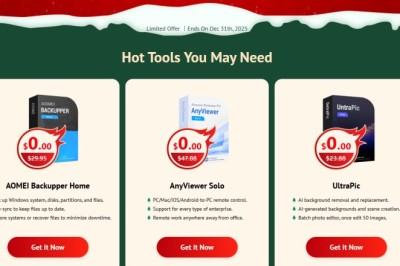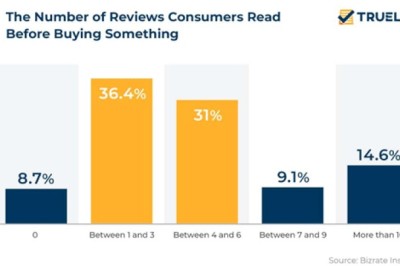views
Do you ever feel that you're just spinning your wheels when it comes to implementing a data governance program that will be successful (and sustainable) at your organization? If yes, this article on data governance and ten aspects you should and should not do is for you! Click here to learn more about this subject on our blog and to find the perfect tools to solve this problem at Email Oversight.
Don't fret. You're not the only one feeling this way.
Because it is difficult to maintain a program and demonstrate its value over time, particularly within an environment constantly changing in business and personnel, many businesses try again and again to initiate data governance efforts, even though their initial attempt was unsuccessful.
Continue reading for helpful advice that will assist you in directing your attention and limited resources toward avoiding frequent mistakes and implementing effective best practices for sustained achievement.
1. Avoid governing data from within the IT department.
Even though information technology departments are frequently the first to recognize the necessity of data governance, business departments are typically the principal data creators, fixers, and users. When business units are responsible for making decisions concerning data, data governance typically has a considerably better chance of being implemented successfully.
2. When it comes to business, recruit a change leader.
Someone who is knowledgeable about the program has faith in it, and is willing to provide complete support for it should serve as the executive sponsor. The individual in question must be able to communicate efficiently with other leaders and convince them to back the proposed changes.
3. Don't govern data in silos
It is reasonable that the tendency may be to address data concerns within a particular business unit or line of business when they develop. And while this strategy of keeping the data governance program confined to a single unit may fulfill the requirements for internal governance specific to that unit, it may lead to an enhancement in the number of difficulties that occur when data is shared throughout other business groups and departments.
4. Do develop business data governance
When a company regulates data as an enterprise asset, it achieves the highest success in data governance. By ensuring that agreed definitions are consistent across groups and that value is created across the company, the cross-functional steering committee can promote the guiding philosophy of "thinking globally but acting locally." This method is always the best to go about any data issue you might encounter in your system.
5. Don't just assume that everyone knows the significance of data.
Others may be immune to the massive importance of data. However, some organizational stakeholders are heavily involved in correcting data inaccuracies or are at least aware of everything that goes into the process and recognize the value that the data provides to the firm. If people only view the data after it has been cleaned, without being shown the resources that one used to get it to that trusted state, they may have a diminished understanding of the value of the data.
6. Ensure that you explain the repercussions of poor data quality and the advantages of governance as soon as possible and regularly.
Communication that is both consistent and impactful is an essential component in converting the value of data into the value that a business can realize. This aspect is viable regardless of whether the data governance program in your organization was just recently implemented or has already developed into an ongoing concern. Within the context of this communication, the change leader and sponsor selected in the second best practice should play a pivotal role.
7. Stay away from measures that have no real significance.
One group's important statistic might be unimportant to another group. They have no value if the metrics don't align with the stakeholders' interests. You should ensure that there is some way of measuring how data improvements (and governance of that data) are helping the stakeholders progress toward their goals. You should also ensure that the value statement is translated into the stakeholders' native language.
8. Be sure to track your results and your advancement.
It is essential to quantify the impact and progress that was made, as well as to communicate this information and translate these measurements into business value. It is not enough to track the metrics; you should also understand how the progress statistic, such as a reduction in the number of data mistakes, translates into benefits in the business, a key performance indicator (KPI).
9. Avoid thinking of data governance as a project at all costs.
Most firms are project-driven. Before beginning execution, they determine what they hope to achieve, plan how to get there, collect the necessary financing and resources, and map out a timeline with milestones. However, suppose data governance is approached as a project. In that case, it will set the assumption that there will be a strained amount of cash available, a limited amount of participants, and a limited amount of time. You cannot maintain the governance of data in the absence of constant resources and assistance.
10. Integrate your data governance practices into your culture and business processes.
Make it a priority right from the beginning to check that your chosen business model is compatible with your organization's culture. Anything must be simple and easy to use for it to be accepted, and it is essential for companies to fully incorporate data governance into their operations for it to continue to receive the necessary funding and attention.
Implementing an exemplary data governance program at your firm is not simple; however, you will benefit from making more decisions based on data across all facets of the company after it has been accomplished. If you follow these "dos" and "don'ts" for data governance, you should be able to put your program on the road to success.
Suppose you don't know where to begin, or this article might not seem enough to get started. In that case, we suggest you visit our website for more high-quality, informative articles on all issues and solutions regarding data quality. Visit Email Oversight today!
























Comments
0 comment